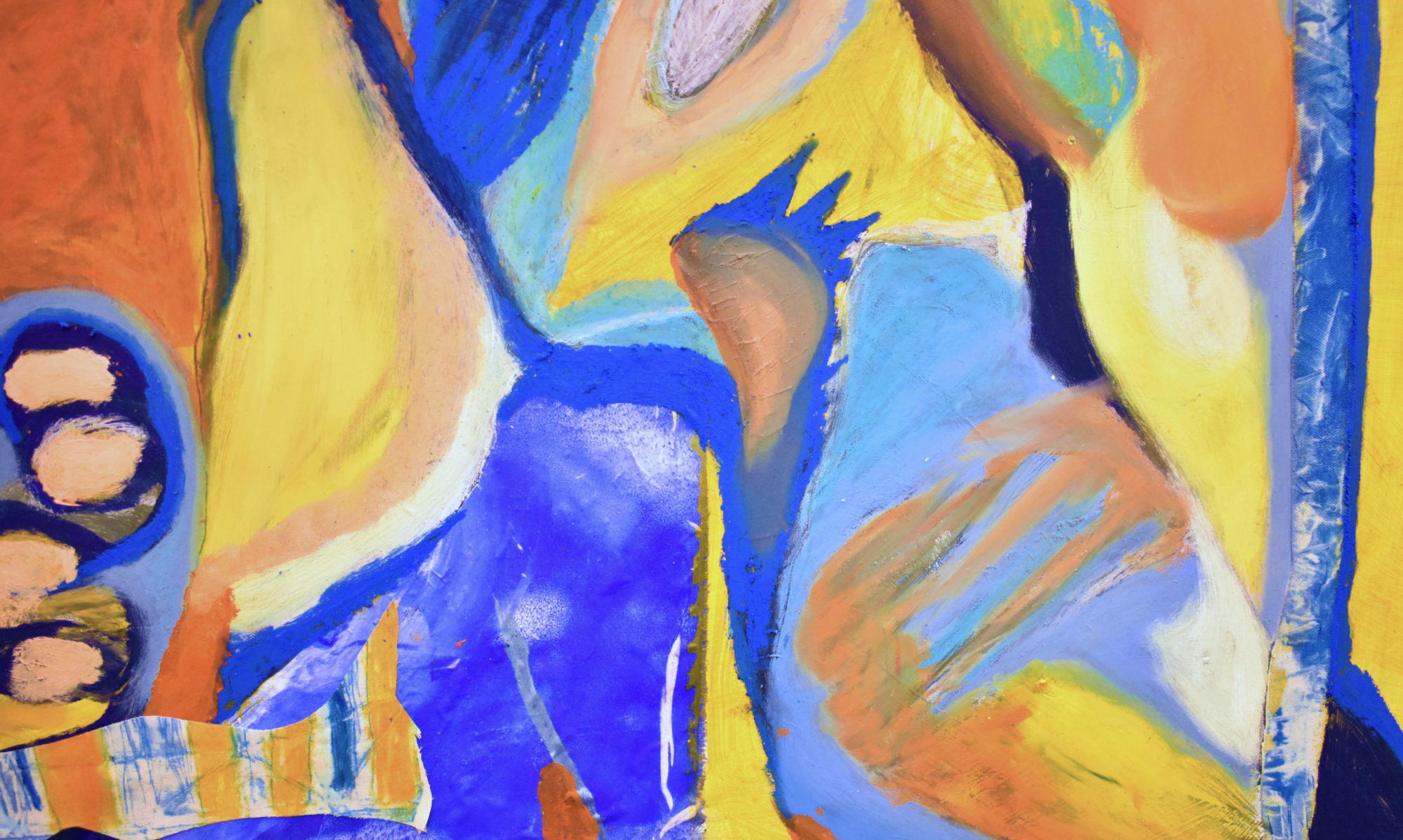What Does CranioSacral Therapy Mean?
CRANIO = HEAD | SACRAL = BASE OF SPINE
“Cranio” refers to the cranium (head), and “sacral” refers to the sacrum, the bone at the base of your spine. In CranioSacral Therapy, we often work between these two areas. Why? Because everything is connected through the nervous system, fascia, vessels, and other tissues.
Why We May Work Beyond the Head and Sacrum
Though the name focuses on the head and sacrum, we may treat anywhere in the body. The body is an interconnected system. Spinal cord nerves, connective tissues and fascia create links from head to toe.
How Does CranioSacral Therapy Work?
We use gentle touch to encourage subtle movement and fluid flow in the body.It’s like gently flushing a sticky pipe or unwinding a twist in fabric. Sometimes it’s active, like straightening a wrinkled sleeve. Other times, our hands simply hold still and support whatever the body needs to do. We listen with our hands and respond to the body’s signals.
The Body’s Inner Wisdom
A key principle of CranioSacral Therapy is the body’s ability to self-heal. This idea comes from our osteopathic roots and other bodywork traditions. We often call it the “inner physician” or “inner wisdom.”
It’s the part of you that knows what’s needed for healing. We don’t aim to fix or diagnose in the traditional sense. Instead, we listen closely and follow what the body is showing us. Our job is to create space and trust the body’s process.
When emotions happen…
It is still the case that most healthcare approaches separate mind and body – you can have either physical therapy or psychotherapy. This way of working emerged from the many years Dr Upledger spent working with people, and him noticing that some physical symptoms would not fully release and heal until an emotional component was taken care of too.
Seeing a link between the physical tissue and emotional and mental aspects, he began to draw on a few different avenues of mind and body work and use ideas from those approaches to help clients link it to what he was feeling in listening to and following the body’s tissue releases.
The process gradually developed into what he called SomatoEmotional Release™ (SER™)
SER in Practice….
still CranioSacral Therapy!
There are times in CranioSacral Therapy when we notice signs in the body that suggest an emotional component.
These signs tell us there may be more going on beneath the surface. It’s not always dramatic—sometimes there’s an emotional outpouring, but often, it’s much more subtle. By following these cues, we can gently support the process and ensure it remains safe and helpful.
Imagine something happened in your past, but you couldn’t fully express how you felt. Maybe it wasn’t safe. Maybe you didn’t know how. There are many valid reasons for this. When those emotions go unexpressed, it’s as if they get ‘stuck’ in the tissues of the body. We adapt around this, often without realising. Over time, it can contribute to physical pain, tension, and dysfunction. It may even affect our emotional wellbeing and how we show up in the world.
In a CranioSacral Therapy session, when we feel safe and supported, the body can begin to release. Always—only—at its own pace, in its own time.
(https://www.upledger.co.uk/)
CranioSacral Therapy £65 per hour
Payment accepted by BACS. Reduced rates for young people.
Please give 48 hours’ notice to avoid being charged for a missed session.
Parking is available on the street.
